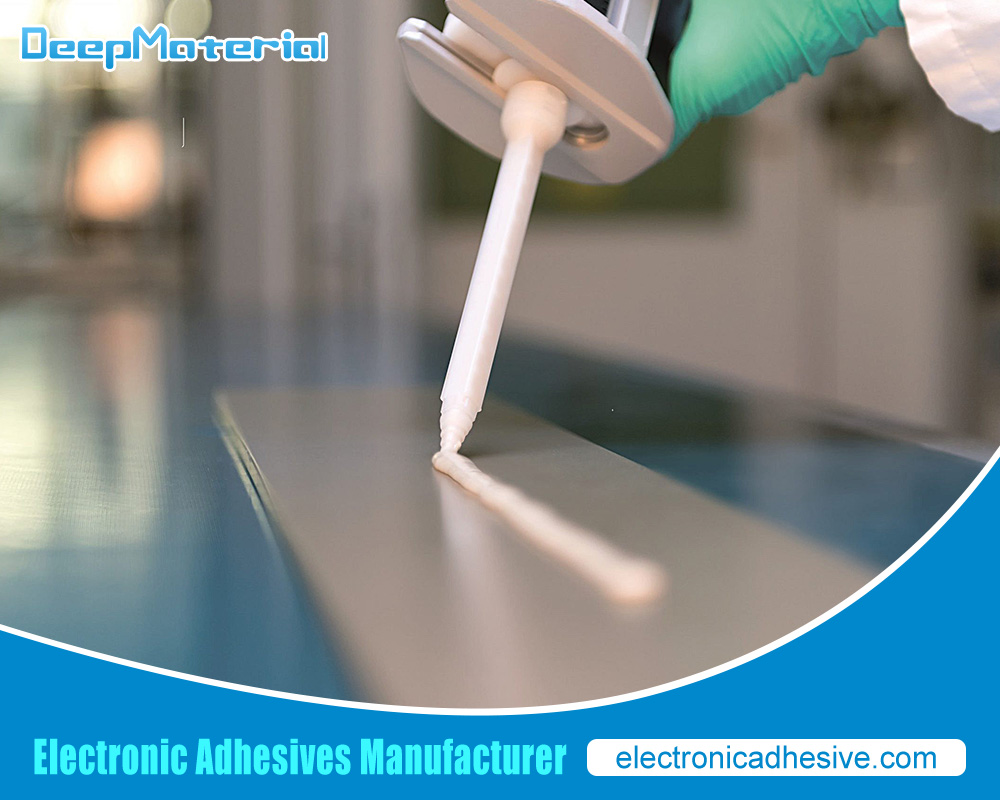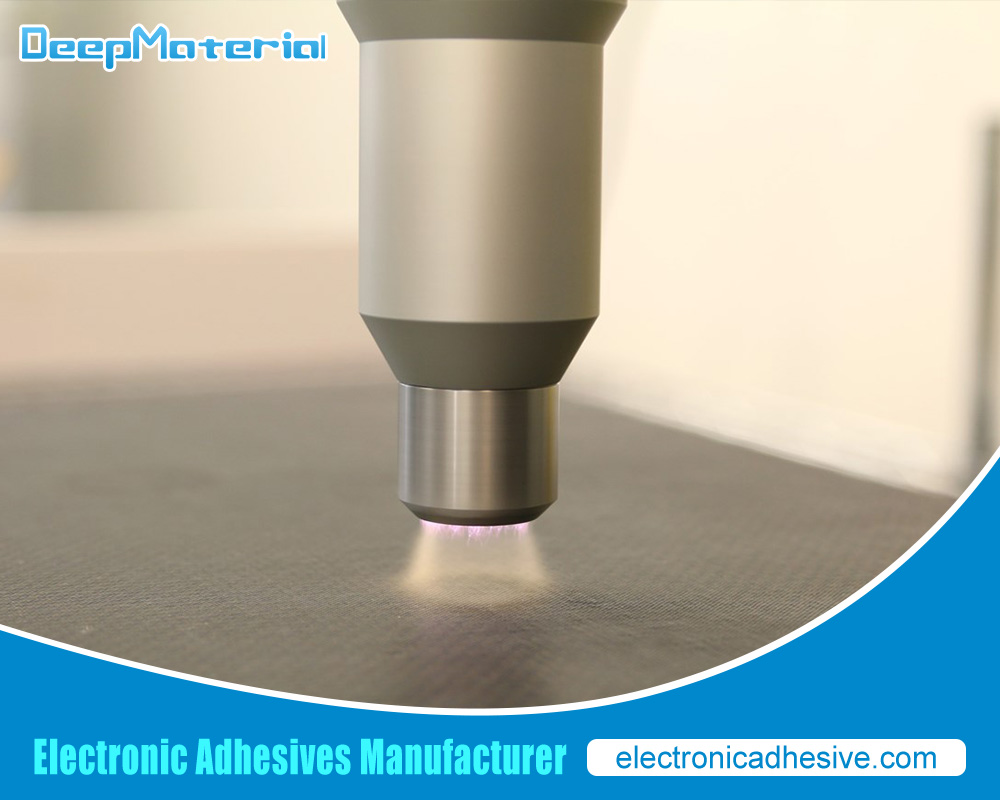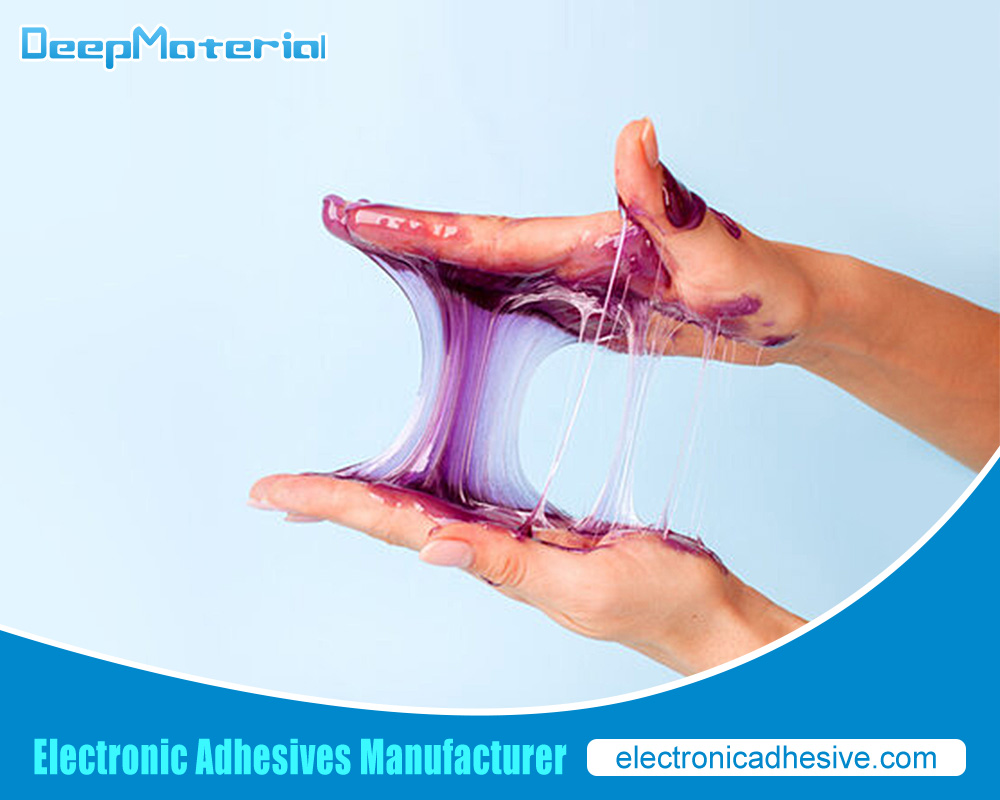Potting Material for Electronics: An In-Depth Guide
Potting Material for Electronics: An In-Depth Guide
Potting is a process used in electronics to encapsulate components with a protective material. This practice is crucial for enhancing the durability and reliability of electronic devices, particularly in harsh environments. This comprehensive guide will explore the various types of potting materials, their properties, applications, and benefits, providing a thorough understanding of how to select and use them effectively.
1. What is Potting in Electronics?
Potting refers to encapsulating electronic components or assemblies in a protective material, known as potting material. This encapsulation serves multiple purposes, including:
- Protection Against Environmental Factors:Potting materials shield electronic components from moisture, dust, chemicals, and other environmental contaminants that could cause damage.
- Mechanical Support:Potting materials provide structural support, reducing mechanical stress on sensitive components and preventing movement that could lead to failure.
- Thermal Management:Potting can aid in heat dissipation, helping to manage and distribute heat generated by electronic components.
- Electrical Insulation:Potting materials offer insulation, preventing short circuits and electrical leakage.
The choice of potting material depends on the specific requirements of the electronic device and the operating environment.
2. Types of Potting Materials
There are several potting materials, each with distinct properties and suitable applications. The main categories of potting materials include:
2.1. Epoxy Resins
Epoxy resins are among the most commonly used potting materials. They are known for their excellent adhesion, high mechanical strength, and resistance to chemicals and moisture.
- Properties:Epoxy resins have a low viscosity, which allows them to flow easily into small crevices. They cure at room temperature or heat, forming a hard, durable finish.
- Applications:Epoxy resins are ideal for mechanical solid support and chemical resistance applications. They are commonly used in automotive electronics, aerospace, and industrial equipment.
2.2. Polyurethane Resins
Polyurethane resins are versatile potting materials with good flexibility and impact resistance.
- Properties:These resins are available in various formulations, including rigid and flexible types. They offer excellent resistance to moisture and environmental stress while providing good electrical insulation.
- Applications:Polyurethane resins are used where flexibility and impact resistance are crucial, such as in consumer electronics, medical devices, and outdoor equipment.
2.3. Silicone Resins
Silicone resins are known for their high-temperature resistance and flexibility.
- Properties:Silicone potting materials maintain their properties across a wide temperature range, from very low to very high. They are also resistant to moisture and UV radiation.
- Applications:Silicone resins are used in environments where temperature extremes and exposure to sunlight are common, such as in automotive, aerospace, and outdoor electronics.
2.4. Acrylic Resins
Acrylic resins are valued for their fast curing times and optical clarity.
- Properties:Acrylics cure quickly and are available in various formulations, providing different hardness and flexibility levels. They are also resistant to moisture and chemicals.
- Applications:Acrylic resins are used where transparency is essential, such as in LED lighting and optical devices.
2.5. Hot-Melt Adhesives
Hot-melt adhesives are thermoplastic materials that become liquid when heated and solidify upon cooling.
- Properties:These adhesives provide quick bonding and are easy to apply. They offer good adhesion to various substrates and have moderate chemical and moisture resistance.
- Applications:Hot-melt adhesives are often used in low-stress applications where rapid assembly and temporary protection are needed.

3. Factors to Consider When Choosing Potting Material
Selecting the appropriate potting material involves considering several factors:
3.1. Environmental Conditions
The operating environment of the electronic device considerably influences the choice of potting material. Materials with specific resistances, such as silicone or epoxy, may be required for devices exposed to extreme temperatures, high humidity, or harsh chemicals.
3.2. Mechanical Stress
Consider the level of mechanical stress the device will experience. If the device is subjected to vibrations or impacts, flexible potting materials like polyurethane may be more suitable for absorbing shock and preventing damage.
3.3. Thermal Management
Evaluate the heat generated by the electronic components. Some potting materials, like certain epoxies and silicones, offer better thermal conductivity, which helps dissipate heat and prevent overheating.
3.4. Electrical Insulation
Ensure the potting material provides adequate electrical insulation to prevent short circuits and leakage. Materials with high dielectric strength are essential for maintaining electrical safety.
3.5. Curing Time and Process
The curing time of potting materials can vary. Some curing quickly at room temperature, while others require heat. Choose a material that aligns with your production schedule and process requirements.
4. Potting Process and Techniques
The potting process involves several key steps to ensure effective encapsulation:
4.1. Preparation
- Cleaning:Clean the electronic components to remove dust, oils, and contaminants that could affect adhesion.
- Masking:Mask off areas that should not be coated with potting material to prevent accidental encapsulation.
4.2. Application
- Mixing:Mix the potting material according to the manufacturer’s instructions. Proper mixing is crucial for achieving the desired properties and curing characteristics.
- Pouring:Pour the potting material over the electronic components, ensuring it fills all voids and crevices. Techniques such as vacuum degassing may be used to remove trapped air bubbles.
4.3. Curing
- Curing Time:Allow the potting material to cure according to the manufacturer’s recommendations. This may involve room-temperature curing or applying heat.
- Inspection:Inspect the cured potting for any defects or voids and ensure it meets the required specifications.
4.4. Testing
- Electrical Testing:Perform electrical testing to verify that the potting material provides adequate insulation and does not interfere with the device’s operation.
- Environmental Testing:Test the encapsulated device under simulated environmental conditions to ensure it performs as expected.
- Advantages and Disadvantages of Potting
5.1. Advantages
- Enhanced Protection:Potting materials provide excellent protection against environmental factors, extending the lifespan of electronic components.
- Improved Reliability:By reducing mechanical stress and vibration, potting enhances the reliability of electronic devices.
- Cost-Effective:Potting can be a cost-effective solution for protecting sensitive components compared to other methods like conformal coating or encapsulation.
5.2. Disadvantages
- Heat Dissipation:Some potting materials may hinder heat dissipation, potentially leading to overheating if not correctly managed.
- Repairability:Potting can make repairs or modifications more challenging, as removing the encapsulation without damaging the components can be difficult.
- Material Compatibility:Not all potting materials are compatible with every electronic component, and careful selection is required to avoid adverse reactions.

Conclusion
Potting materials play a vital role in protecting and enhancing the performance of electronic devices. By understanding the different types of potting materials, their properties, and their applications, you can make informed decisions to ensure the reliability and longevity of your electronic products. Whether you work in automotive, aerospace, consumer electronics, or any other field, selecting the suitable potting material and following proper potting techniques will help you achieve optimal results and safeguard your electronic components against environmental and mechanical challenges.
For more about choosing the top potting material for electronics: an in-depth guide, you can pay a visit to DeepMaterial at https://www.electronicadhesive.com/ for more info.










